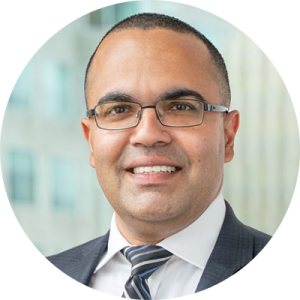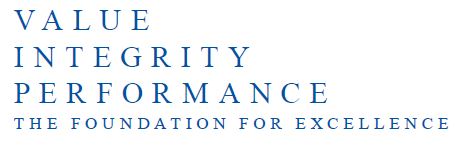November 17, 2025 |
| Funds in focus: Brompton Tech Leaders Income ETF (TLF), Brompton Global Dividend Growth ETF (BDIV)
Artificial Intelligence (AI) has emerged as the defining technological catalyst of this investment cycle. Since the launch of ChatGPT in November 2022, capital expenditure (“CapEx”) for the top hyperscalers has risen 2.5x. Within the next three-year period (2025-2027) hypsercalers will have spent an estimated total of $1.4 trillion according to Bloomberg. AI-driven CapEx is expanding faster than any prior technology cycle, reflecting both a race for compute dominance and the structural retooling of global infrastructure. The deeper question remains: how much of AI’s trillion-dollar promise is already priced in, and are we in a bubble? |
|
|
| The euphoria around AI investments draws parallels with the prior dot com bubble where overinvestment in infrastructure was dominant and market concentration risk was high. Unlike the dot com era, relative valuations are less exuberant, hyperscalers’ CapEx is mainly funded by cash flows and there are tangible outcomes from machine learning versus external financing and empty promises. However, the current AI spending spree has led investors to question the long-term return on investment (ROI). The answer to this depends on whether we can avoid the trough of disillusionment like in prior technological cycles and on how much value creation is ultimately realized. Historically, the value creation from each subsequent technological revolution was several orders of magnitude greater than the previous (mainframe-desktop-internet-mobile-cloud).
We are in the first innings of broader AI adoption, and the early winners are semiconductor and computing hardware companies that build the underlying infrastructure. Advanced AI datacenters require up to 2x – 3x more capital expenditure per megawatt (MW) than traditional cloud data centers primarily due to the specialized, high-density hardware and the extensive, customized infrastructure needed to power and cool that hardware.1 AI’s power demand could reach up to 9% of U.S. electricity consumption by 2030 which is double the current levels according to the Electric Power Research Institute. Given the overwhelming demand, infrastructure bottlenecks create pricing power for semiconductor players and power constraints are creating a second derivative trade in utilities and data center REITs. In our view, the next phase in the AI revolution will likely result in commoditization of the infrastructure layer as the market matures and supply bottlenecks are alleviated. Software and application companies will emerge as beneficiaries as value creation diffuses upwards. While the near-term narrative is dominated by semiconductor and cloud infrastructure, the next phase will hinge on productivity gains and innovation diffusing through non-tech sectors. The trillion-dollar question is less about whether AI will transform economies—we believe it will—and more about who captures the resulting economic rents. We believe active investing is important given lofty expectations in the market. Investors must navigate between concentration risk at the top and be disciplined in capital rotation to second-order beneficiaries and emerging diffusion opportunities downstream. We believe a barbell approach balancing AI enablers and selective beneficiaries would provide asymmetric exposure to AI. Brompton’s ApproachBrompton takes an active approach to investing in technology companies, particularly in our technology fund, Brompton Tech Leaders Income ETF (TLF, TLF.U) and in the technology holdings in Brompton Global Dividend Growth ETF (BDIV). We prefer to invest in companies that have market leading positions, a combination of revenue growth and free cash flow generation and expanding pipeline of opportunities. In TLF we actively manage our weights to software, semiconductor, IT services and hardware stocks. In addition, we use an active call writing overlay in order to earn option premiums and lower the overall volatility of returns associated with owning a portfolio of equity securities. This has enabled TLF to be awarded the LSEG Lipper Fund Award for Best Sector Equity Fund over 10 years.2 |

Varun Choyah
Assistant Vice President & Associate Portfolio Manager
Mr. Choyah specializes in equity security selection with a focus on the global technology and healthcare sectors. Previously, he was a research associate covering technology equities at various Canadian investment dealers for nearly a decade.








